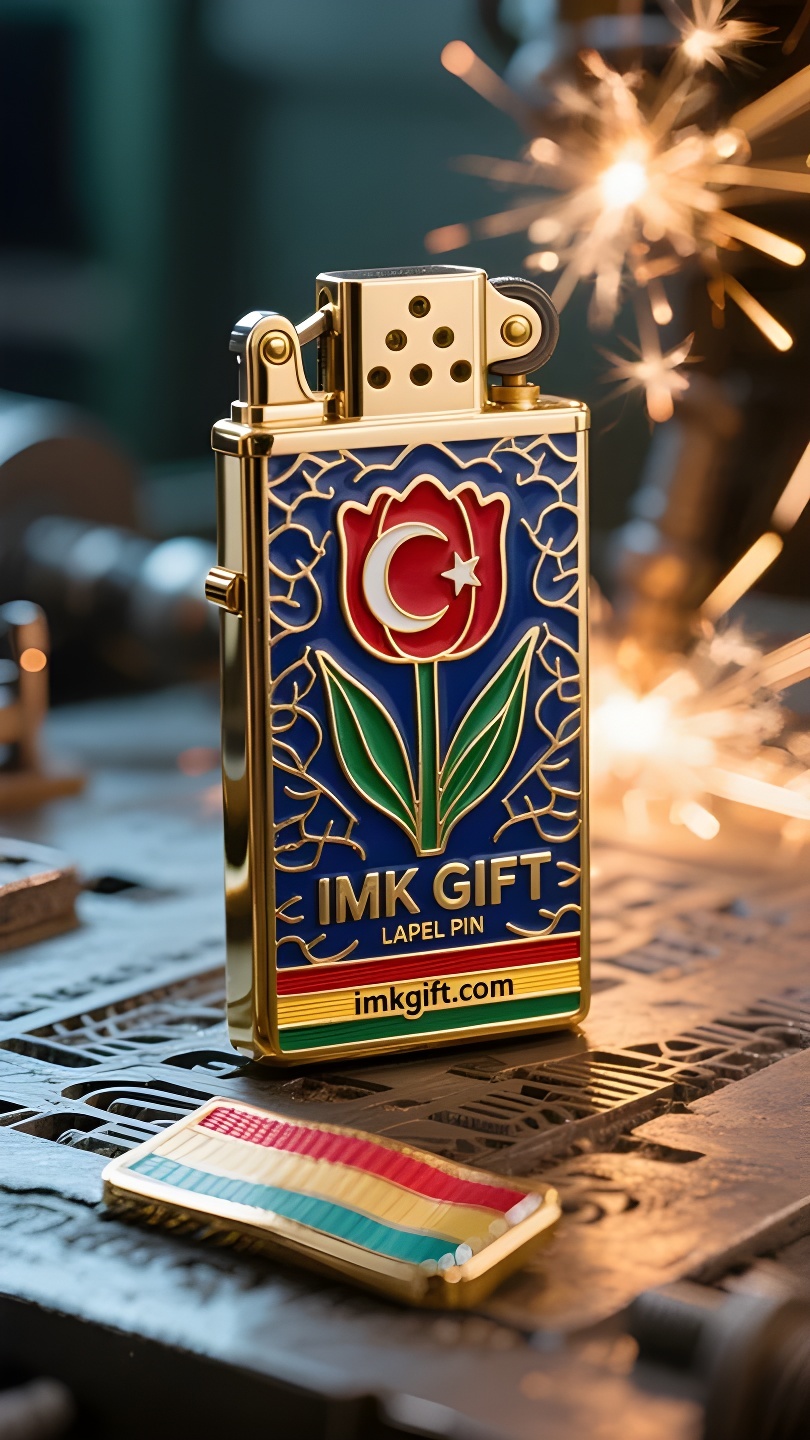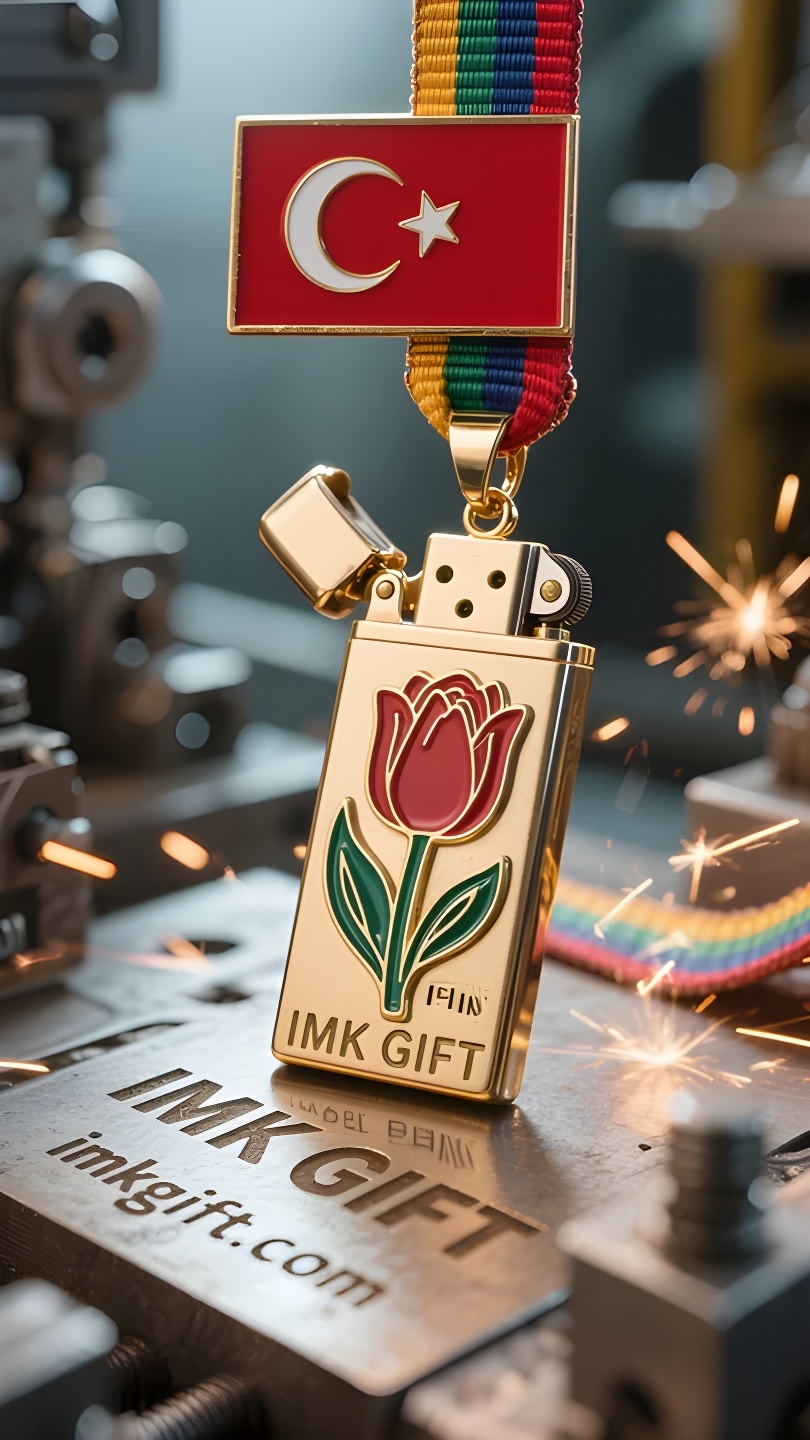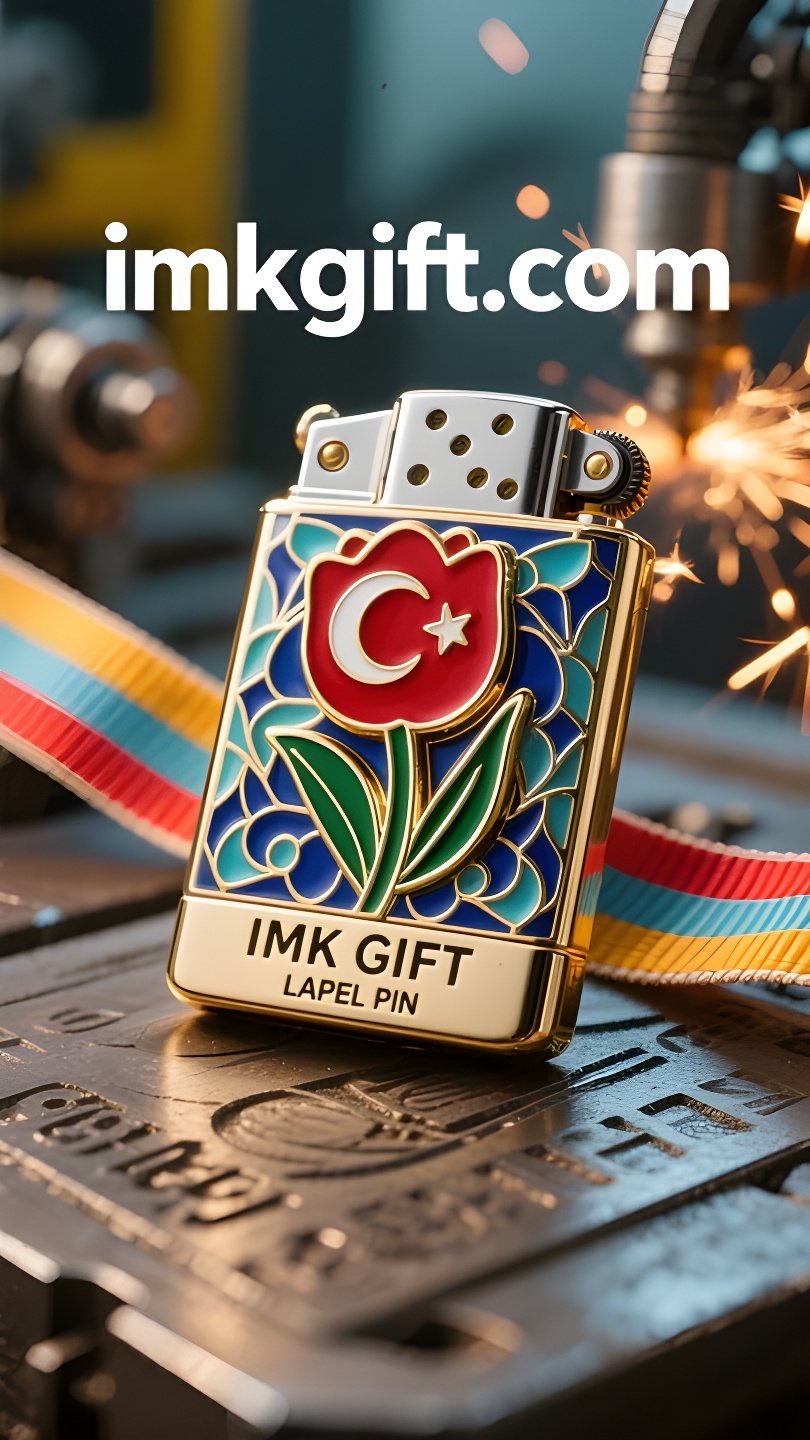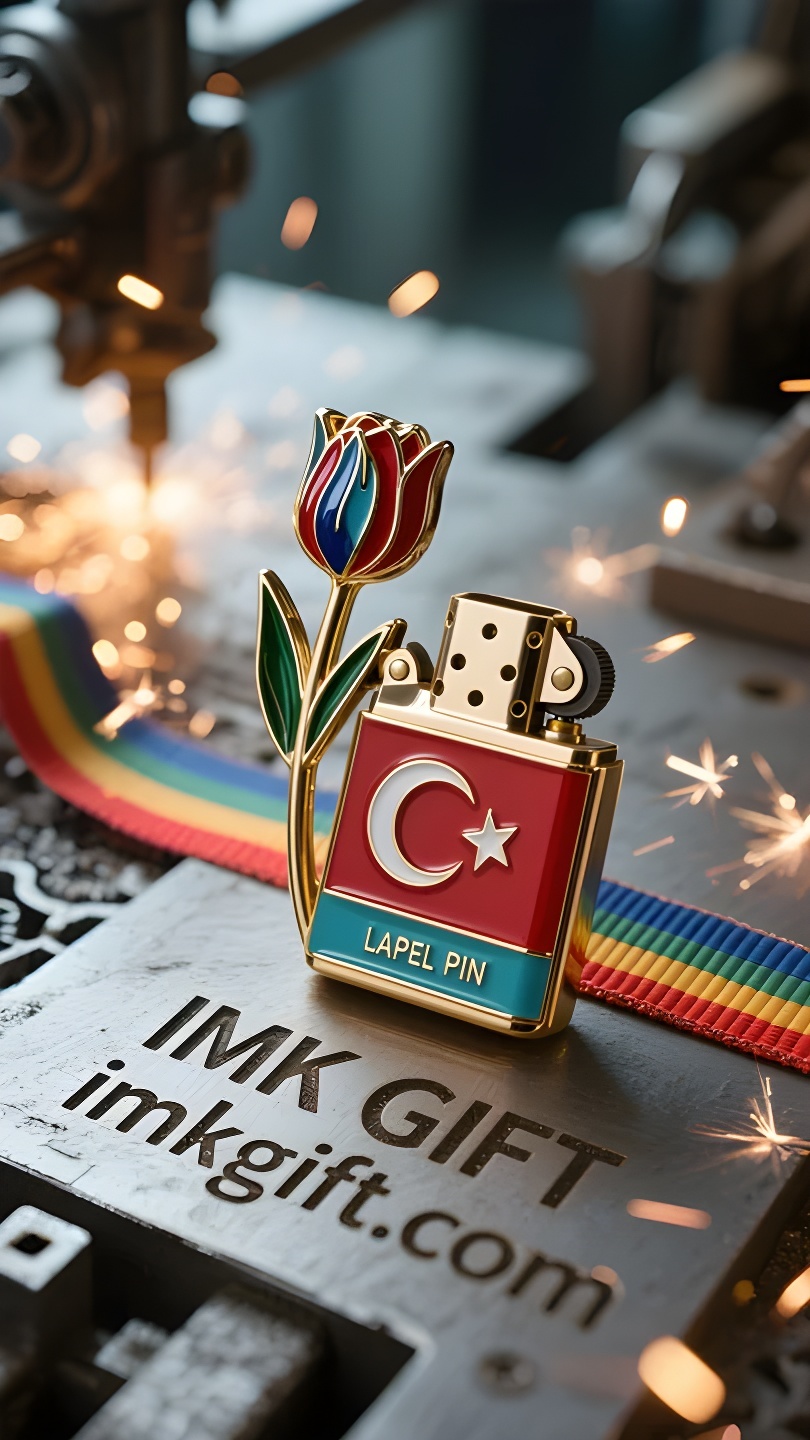in997-Türk-bayrağı-altında-umut-ateşi
▼
Nisan ayında İstanbul’da İstiklal Caddesi’nde ay-yıldızlı kırmızı bayrak altında laleler birbiri ardına açar. Osmanlı İmparatorluğu’ndan kalma bu ulusal çiçek kümesi, şimdi sokak gençlerinin elindeki lale biçimli çakmaklarla yankılanıyor; hilal desenleriyle kaplı bu metal nesneler, soğuk baharda hiç sönmeyen bir yaşam çizgisi çiziyor. Türk bayrağının kırmızı rengi, 1453 yılında şehir surlarını kızıla boyayan Fatih Sultan Mehmed’in kanından gelir ve aynı zamanda modern kurucu babamız Kemal’in reform kıvılcımını ateşlediğinde gece gökyüzünü aydınlatan alevdir. Tıpkı lale çakmağının o zarif mekanik yapısı gibi, bu ülke en karanlık anlarda bile her zaman kıvılcım saçar: Başparmak kasnağı çevirdiğinde ve dişliler birbirine geçtiğinde ortaya çıkan ateş, Orta Asya bozkırlarını aşan Türk atalarının hiç sönmeyen ateşini gizler ve aynı zamanda Çanakkale Boğazı’nı savunan Gazilerin yaktığı dumanı parlatır. Bu sırada gençler, lale çakmaklarıyla hatıra mumlarını yaktı, metal yüzeye işlenen hilal ise Boğaz’ın sabah ışığını yansıttı. Bu ölümsüz çelik lale, sadece ulusal hafızanın taşıyıcısı değil, aynı zamanda ölüm karşısında bir yaşam bildirgesidir. Tıpkı bir çakmağın alev üretebilmesi için sürtünmeye dayanıklı olması gerektiği gibi, Türkler de ancak yumuşatılmış bir inancın, yıldızların ve ayın kızıl bayrağı altında ebedî canlılığı üretebileceğini bilirler. Mavi alevler mekanik taç yaprakları arasında dans ederken, medeniyetin yeniden doğuşunun kalp atışları Anadolu Platosu’nun her yerinde duyulabiliyordu.
In April, tulips bloomed under the red flag of the moon and star on Independence Avenue in Istanbul. This cluster of national flowers, which originated from the Ottoman Empire, echoed the tulip-shaped lighters passed by street youths at this moment – those metal objects with crescent patterns drew an arc of life that never extinguished in the chilly spring. The red of the Turkish flag is the blood of the conqueror Mehmed II that dyed the city walls red in 1453, and it is also the flame that illuminated the night sky when Kemal, the modern founding father, ignited the fire of reform. Just like the exquisite mechanical structure of the tulip lighter, this country can always burst into sparks in the darkest moments: when the thumb pushes the pulley and the gears engage, the flames that burst out hide the eternal fire of the Turkic ancestors when they crossed the Central Asian steppes, and also shine with the gunpowder ignited by the Ghazi warriors when they defended the Canakkale Strait. At this moment, young people use tulip lighters to light commemorative candles, and the crescent engraved on the metal surface reflects the morning light of the Bosphorus Strait. This steel tulip that never fades is not only a carrier of national memory, but also a declaration of life in the face of death. Just as a lighter must withstand friction to produce a flame, the Turks know that only faith that has been tempered can produce eternal vitality under the red flag of the moon and the stars. When the blue flames leap among the mechanical petals, the heartbeat of civilization’s rebirth can be heard throughout the Anatolian Plateau.
四月的伊斯坦布尔,郁金香在独立大道的星月红旗下次第绽放。这簇源自奥斯曼帝国的国花,此刻正与街头青年手中传递的郁金香造型打火机遥相呼应——那些镀着新月纹样的金属器物,在春寒料峭中划出永不熄灭的生命弧线。
土耳其国旗的红,是1453年征服者穆罕默德二世染红城墙的鲜血,更是现代国父凯末尔点燃改革火种时映红夜空的烈焰。正如郁金香打火机精巧的机械结构,这个国度总能在至暗时刻迸发火星:当拇指推动滑轮,齿轮咬合迸发的火光里,藏着突厥先祖穿越中亚草原时永不熄灭的火种,也闪耀着加齐战士保卫恰纳卡莱海峡时点燃的硝烟。
此刻青年们用郁金香打火机点燃纪念蜡烛,金属表面镌刻的新月倒映着博斯普鲁斯海峡的晨曦。这朵永不凋零的钢铁郁金香,既是民族记忆的载体,更是向死而生的宣言——正如打火机必须承受摩擦才能绽放火光,土耳其人深知唯有历经淬炼的信仰,才能在星月红旗下绽放永恒的生命力。当蓝色火苗在机械花瓣中跃动,整个安纳托利亚高原都能听见文明重生的心跳。
▼
Contact Us
📞 Tel: +0086-760-85286839
📧 Email: sales3@imkgift.com








